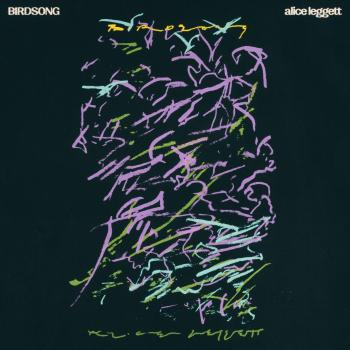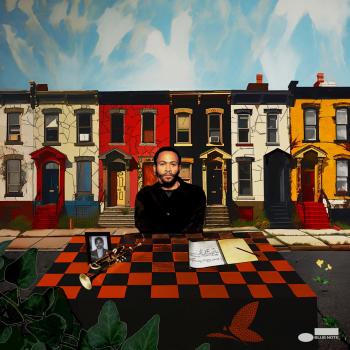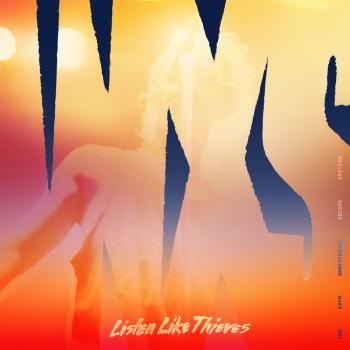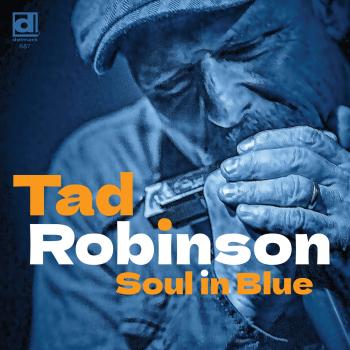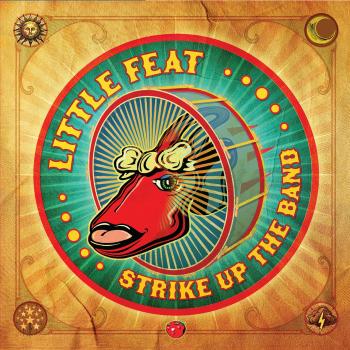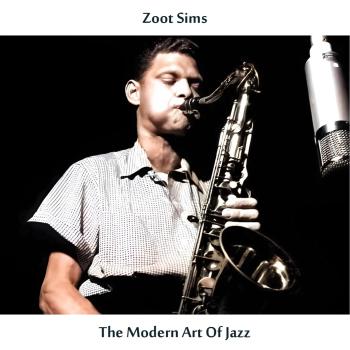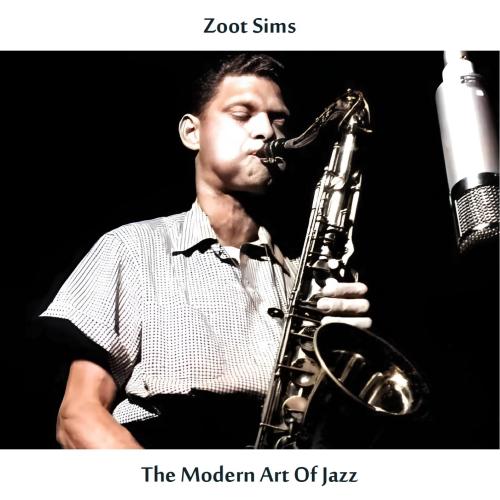
The Modern Art of Jazz (Remastered Edition) Zoot Sims
Album Info
Album Veröffentlichung:
2024
HRA-Veröffentlichung:
18.02.2025
Das Album enthält Albumcover
Entschuldigen Sie bitte!
Sehr geehrter HIGHRESAUDIO Besucher,
leider kann das Album zurzeit aufgrund von Länder- und Lizenzbeschränkungen nicht gekauft werden oder uns liegt der offizielle Veröffentlichungstermin für Ihr Land noch nicht vor. Wir aktualisieren unsere Veröffentlichungstermine ein- bis zweimal die Woche. Bitte schauen Sie ab und zu mal wieder rein.
Wir empfehlen Ihnen das Album auf Ihre Merkliste zu setzen.
Wir bedanken uns für Ihr Verständnis und Ihre Geduld.
Ihr, HIGHRESAUDIO
- 1 September in the Rain 02:39
- 2 Down at the Loft 02:16
- 3 Ghost of a Chance 02:33
- 4 Not So Deep 03:04
- 5 Them There Eyes 02:50
- 6 Our Pad 03:10
- 7 Dark Clouds 02:51
- 8 One to Blow On 02:35
Info zu The Modern Art of Jazz (Remastered Edition)
The Modern Art of Jazz by Zoot Sims (also released as One to Blow On) is an album by American jazz saxophonist Zoot Sims recorded in 1956 and released on the Dawn label.
"These early 1956 sessions feature Zoot Sims in top form playing a pair of standards and originals by members of the quintet. Bob Brookmeyer is the perfect foil for the tenor saxophonist, as they seamless interweave intricate lines throughout the record, especially in an upbeat take of "September in the Rain." Pianist John Williams contributed the cool "Down at the Loft" and solos brilliantly on every track. Brookmeyer penned the slinky "Our Pad" with drummer Gus Johnson, a track that would have fit a typical Gerry Mulligan date (with whom both Sims and Brookmeyer worked from time to time). Sims contributed three originals, but the hottest solos come in the closer, appropriately titled "One to Blow On." Anchoring the rhythm section is the great bassist Milt Hinton, who is easily identifiable after just a few notes during his solos." (Ken Dryden, AMG)
Zoot Sims, tenor saxophone
Bob Brookmeyer, valve trombone
John Williams, piano
Milt Hinton, bass
Gus Johnson, drums
Digitally remastered
Zoot Sims
John Haley “Zoot” Sims has been one of the most remarkable tenor saxophonists in jazz over the last thirty years, remarkable for the complete lack of affectation in his music, the resilience of his style, and the uncanny relaxation with which he expresses it. “He is one of the great jazz players of the world,” writes British jazz critic Benny Green.
Zoot, who hails from Inglewood, California (South of Los Angeles, right by the airport), was the youngest of six boys and one girl. His parents, who constantly traveled, were both in vaudeville and were known as Pete & Kate.
Ironically enough, he’s a self-taught genius never having formally studied his chosen instrument. Zoot learned the saxophone by listening to Coleman Hawkins, Roy Eldridge, Chu Berry, Lester Young, Ben Webster, Don Byas. He quit high school in the first year and immediately joined a Los Angeles Band called Ken Baker, later touring with Bobby Sherwood.
Zoot first rose to prominence as part of the saxophone section of the second Woody Herman Herd of the late Forties, the one that upset all conventional ideas of instrumentation by having one alto, three tenors, and a baritone. Sims, in company with Stan Getz (who already had a stellar reputation as an instrumentalist) and Herbie Stewart (who was later replaced by Al Cohn), produced what came to be known as the “Four Brothers” sound, a term to denote the methods of tone production, phrasing, and vibrato control used by a section steeped in the precepts of Lester Young, rather than those of the classical hot players like, say, Coleman Hawkins. Sim’s total involvement with the Woody Herman sax section put him on the map as a leading figure on his instrument.
Earlier Zoot Sims had played with Benny Goodman in 1944 and 1946, with a two-year Army stretch sandwiched in between. After leaving the Goodman Band he joined the Bill Harris Sextet at Cafe Society Uptown in New York, also in 1946.
Ever since the old Woody Herman days, Zoot has maintained a status as a soloist who performs with all manner of small groups, touring Europe and the United States with magnets like Benny Goodman, Gerry Mulligan (the experimental sextet and the staid concert band), and Stan Kenton, this during the Fifties and Sixties. Even in the Seventies he continually roams the world as a leader and sometimes as a sideman, slowly building a reputation as a swinging tenor saxophonist. If at first his reputation seemed to be overshadowed by better-publicized contemporaries, as the years have gone by his status as a committed player of ferocious integrity has loomed steadily larger.
Says Sims of his own work, “What interests me is music that sounds and feels good. If it doesn’t warm my ear, forget it.”
There have been a great many distinguished episodes in his career, probably the best remembered being his series of beautifully balanced duets with Al Cohn in a duo that still functions, and more recently his records with basic small groups.
Although loosely regarded as a modernist, much of his aesthetic has its roots in Lester Young’s pre-bebop style, and close textual examination of an album like Down Home, which is composed entirely of themes venerable enough to be described as Dixieland, confirms this. Sims, as he himself suggests, is a compound sound of Coleman Hawkins, Don Byas, Lester Young, and Ben Webster.
“Sims, it seems to me, is one of the great jazz musicians of his era. His style can only be described as beautiful. He is one of the least cluttered soloists alive, every note being executed in a bold, clear tone, and every phrase being utterly right in its context. Above all, there is the rhythmic exhilaration of his playing,” Benny Green writes in Drums in My Ears.
Zoot Sims is an exemplar of the natural jazz musicians, or—what they used to call in the Twenties—a “playing fool.”
Zoot Sims died March 23, 1985.
Dieses Album enthält kein Booklet

